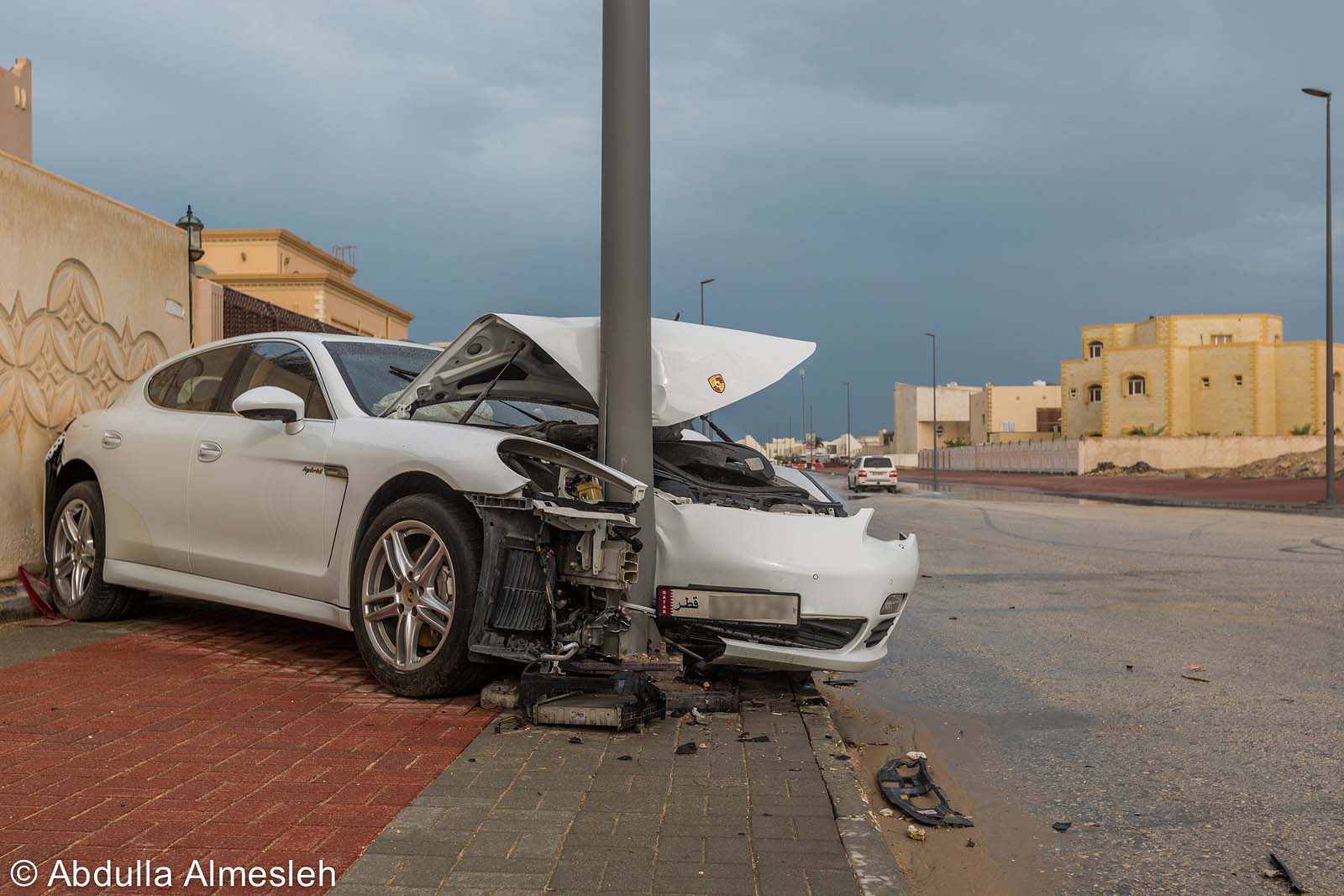
As the number of road deaths and serious injuries in Qatar continues to climb, new figures suggest that children are the victims in a disproportionate number of major vehicle collisions.
In a statement this week, Dr. Rafael Consunji, director of Hamad Medical Corp.’s (HMC) injury prevention program, said that motor vehicle crashes in Qatar lead to more than 200 serious injuries annually of children under the age of 18.
That means that despite making up only about 17 percent of the population, children accounted for nearly 30 percent of the 671 major injuries suffered in traffic collisions disclosed by the Ministry of Development Planning and Statistics (MDPS) last year.
However, in terms of fatalities, Consunji said that 35 children die each year as a result of vehicle crashes. That works out to nearly 16 percent of the fatalities in recorded by MDPS – roughly in line with the proportion of children in the population.
Still, the official said there are disturbing details behind the figures.
“The fact that nearly 90 percent of these deaths happen at the scene, and are not treated at HMC hospitals highlights the importance of preventing these injuries from happening in the first place.”
Prevention
In light of the figures, HMC has repeated its call for passengers to buckle up. Medical officials have previously said that only a tiny fraction – 1.2 percent – of residents injured in car crashes here are wearing a seatbelt or strapped into a car seat.

Seeing children unbuckled and climbing around the interior of a moving vehicle is a common sight in Doha. This is in part because some people are skeptical about the effectiveness of car seats, or may balk at the costs involved in buying one. Others have said that their children don’t like to be restrained while in moving vehicles.
Advocates point out that it took decades for seatbelt use to become virtually universal in places such as North America, and that it will simply take time for attitudes to change in Qatar.
Meanwhile, the number of traffic collision victims in Qatar keeps climbing.
There were 65 road deaths during the first three months of the year, according to the latest MDSP figures. That’s up from 40 during the same period in 2014.
Similarly, the number of serious injuries rose to 203 during the first quarter of 2015, up from 142 during the same timeframe last year.
Population growth slowing
Separately, there have been several signs that Qatar’s rapid population growth of recent years may soon taper off.
Earlier this month, statistics showed that population growth in the country appears to have leveled off in April.
And officials from the Ministry of Economy and Commerce (MEC) said this week that they expect the number of working expats in Qatar to “steadily decline,” according to the Gulf Times.

The race to construct highways, stadiums, hotels and rail lines is a labor-intensive process. For example, there are currently 18,500 people currently working on the Doha Metro project alone, Qatar Rail officials said last month.
However, as these projects start to wind down, the need for expat workers is expected to similarly decrease.
Still, the government has misjudged Qatar’s labor needs before. According to the country’s National Development Strategy, the country’s population was expected to be 1.84 million in 2015. That’s considerably off from last month’s total of 2.34 million residents.
In fairness, the comprehensive document was released just as Qatar won the right to host the 2022 World Cup and embarked on massive construction building boom.
Both the 2011-16 development strategy and this week’s report from the MEC envision Qatar evolving by reducing the number of low-paid manual laborers while increasing the share of highly skilled and highly paid expats in the labour force.
Thoughts?







